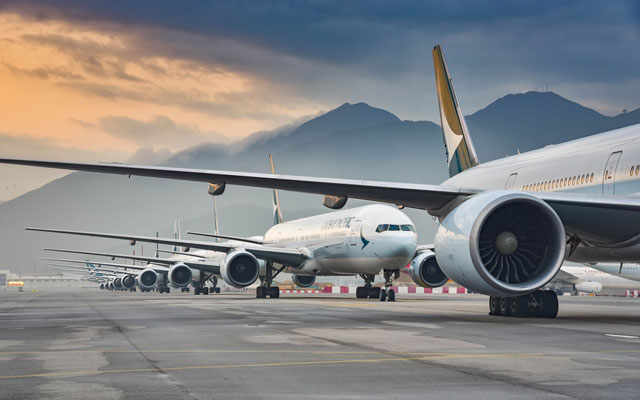Airlines across the world are set to lose US$84.3 billion this year, with revenues halved to US$419 billion from 2019, the IATA forecasted.
In 2021, however, IATA expected losses will be reduced to US$15.8 billion, spurred by a 42 per cent growth in revenue to US$598 billion.

“Financially, 2020 will go down as the worst year in the history of aviation,” said Alexandre de Juniac, director-general and CEO, IATA, adding that each day of the year is predicted to add US$230 million to industry losses.
While the lower fuel prices and the increase in cargo revenues will bring some relief, all regions are set to post losses, as the coronavirus grounds the world’s airlines.
Asia-Pacific, first to be impacted by Covid-19, is expected to register the greatest absolute loss at US$29 billion, followed by North America at US$23.1 billion.
Losses will be primarily driven by the fall in passenger demand, with airlines not being able to cut back capacity at the same rate. Across all regions, capacity cuts are expected to lag 10 to 15 percentage points behind the overall fall in passenger demand of 50 per cent.
Additionally, IATA predicted that passenger yields will fall by 18 per cent year-on-year, with passenger revenues down by US$241 billion, as airlines lower prices to spur travellers to fly again.
While the opening up of borders and recovery in passenger demand means airlines are likely to cut back on losses in 2021, de Juniac posited that “airlines will still be financially fragile” next year.
“Passenger revenues (in 2021 are expected to) be more than one-third smaller than in 2019. Airlines are still expected to lose about US$5 for every passenger carried,” he said.
The road to recovery is likely to be long and tough. Airlines will face the challenge of turning the lower losses in 2021 into profits come 2022, to pay off the debts incurred during the pandemic, noted de Juniac.




















